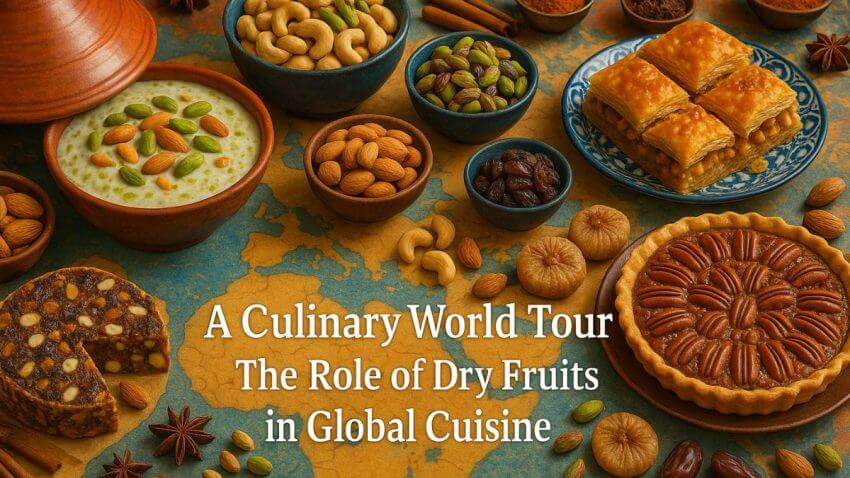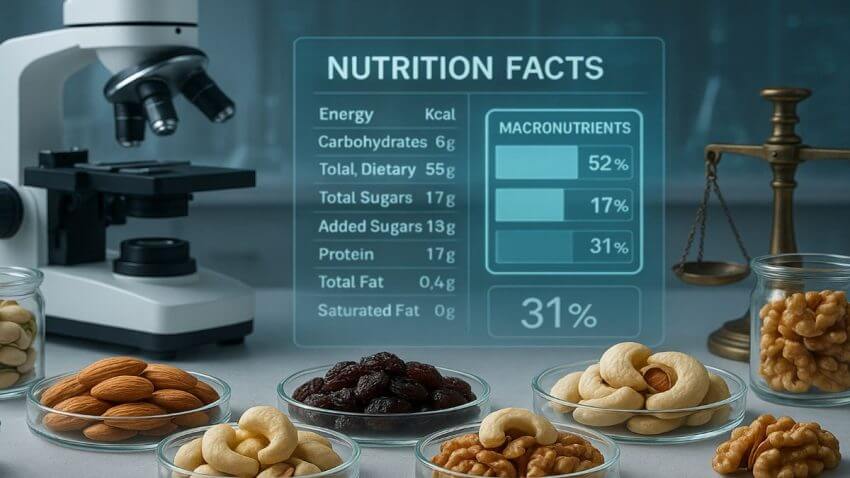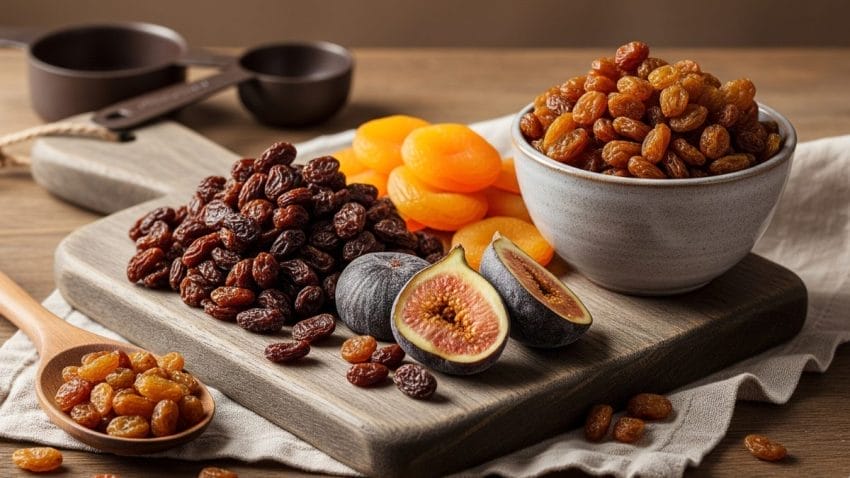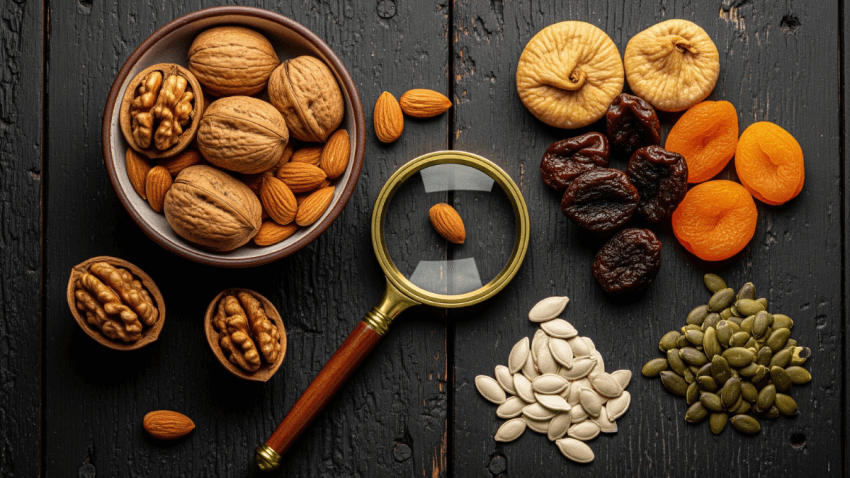When shopping for dried apricots or golden raisins, you’ve likely noticed a stark difference in appearance: some are brilliantly bright and orange, while others are dark brown and muted. This difference is not natural; it’s the result of a food processing method known as sulphuring. Sulphuring is the process of treating fruits with sulfur dioxide…
Author: Team DFD
A Culinary World Tour: The Role of Dry Fruits in Global Cuisine
From the bustling spice bazaars of Marrakech to the festive kitchens of Delhi and the rustic farmhouses of Tuscany, a common thread of flavor and texture weaves its way through the world’s most beloved dishes: dry fruits. Dry fruits and nuts are versatile culinary staples used across global cuisines to provide sweetness, texture, richness, and…
Almond Nutrition: Complete Nutritional Profile and Health Benefits
Almonds (Prunus dulcis), known as Badam in many parts of the world including India, are celebrated not just for their creamy flavor and satisfying crunch, but for their exceptionally dense nutritional profile. Each almond is a compact source of beneficial fats, protein, fiber, vitamins, and minerals. This comprehensive guide provides a detailed, evidence-based analysis of…
Macronutrient in Dry Fruits and Nuts: A Scientific Analysis
While most health-conscious individuals know that dry fruits and nuts are “nutritious,” a deeper understanding requires looking beyond generalities and into their specific chemical composition. The key to unlocking their true role in your diet lies in their macronutrient profiles. This guide provides a comprehensive and comparative scientific analysis of the macronutrients—carbohydrates, proteins, and fats—that…
6 Common Dry Fruits Myths Debunked: Evidence-Based Facts
Article directly addresses common myths surrounding the health effects and nutritional value of dried fleshy fruits, nuts, and seeds. The information is grounded in established nutritional science from sources like the Academy of Nutrition and Dietetics and the American Heart Association.
History of Dry Fruits: From Ancient Civilizations to Modern Health Foods
We will explore how the simple act of drying fruit fueled migrations, sustained armies, financed trade empires, and enriched cuisines across millennia.
Are All Dried Versions of Fruits Considered “Dry Fruits”?
We will analyze the spectrum of dried fruit products, establishing clearer boundaries between what constitutes a ‘dry fruit’ in the traditional, whole-food sense versus a more highly processed ‘fruit-based snack’.
Dry Fruit Classification: A Guide to Nuts, Dried Fruits, and Seeds
The classification of dry fruits provides a clear framework for distinguishing between true dried fleshy fruits, culinary nuts (and their botanical distinctions), and edible seeds, aiming to resolve widespread consumer confusion.
Dry Fruits Definition: Understanding Characteristics, Processes, and Classifications
The term ‘dry fruits’ frequently appears in discussions about healthy eating, culinary recipes, and food preservation, yet its precise meaning can be surprisingly elusive. Dry fruits are broadly understood as fruits from which the majority of original water content has been removed, typically through drying methods, leading to a concentrated, shelf-stable food product. This article…








